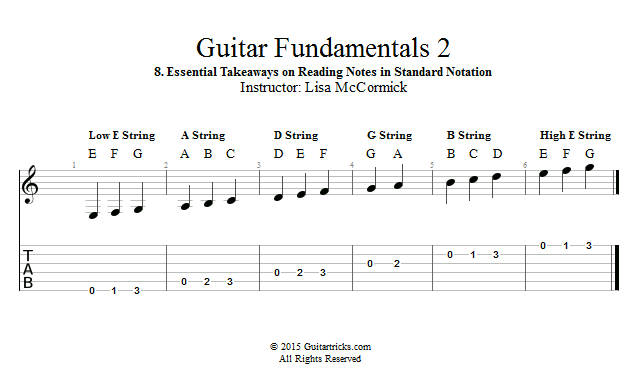

The provider organisation should have an Additional Requirements Manager who is responsible for ensuring that additional requirements are met when the patient attends the booked appointment.The provider confirms the appointment (or cancels the appointment if, for example, the provider clinic is cancelled, and asks the user to pick another appointment).Provider confirmation of appointment and ‘additional requirements’

If digital support cannot be provided effectively by TAL, for example because the user has a speech impairment, the TAL service will guide the user and suggest that they contact their referring organisation for help.ĥ. The TAL has textphone facilities charged at local rate, and the ability to send out letters in braille and large print.Most GP practices also have staff available to help the patient choose and book their appointment. The patient then follows the booking instructions to access the Patient Web Application (PWA) or The Appointment Line (TAL) to choose the place, date and time of their appointment.This screen can also be updated by the referring organisation at a later time after the booking has been made.It is essential that records clearly indicate how the patient’s information and / or communication needs can be met, to enable the provider to take action, for example, ‘requires British Sign Language interpreter’ or ‘requires information via email’. The patient’s information and / or communication support needs should be recorded using ‘free text’ (in line with the ‘fully specified names’ (FSNs) of the data items associated with the four subsets of the Standard or ‘categories’).The accessible information and / or communication needs of a patient should be recorded under the ‘advocacy’ section of the ‘additional requirements screen’.This is the screen where the referrer should record the information and / or communication needs of the patient (that the provider needs to be aware of and take steps to meet), in line with the Accessible Information Standard.
E standard notes update#
If appropriate, the referrer should then update the ‘additional requirements’ screen (by selecting the ‘add additional requirements’ button on the ‘appointment request details – summary’ screen), recording the patient’s Advocacy, Transport and / or Translator needs.This screen can also be updated at a later time by the referring organisation after the booking has been made.The next screen then allows the referrer to update the patient’s ‘preferred contact method’ and ‘preferred written communication format’.Information can be updated by selecting the ‘update person’ button on the ‘check patient’s details’ prompt screen / pop-up.The referrer checks the patient’s information and communication needs, ensuring that they are accurately recorded.The referrer and patient initiate the referral and choose the appropriate services (based around the patient’s clinical needs).The current eRS referral process and the Accessible Information Standard 1.

Providers should ensure that they have an ‘Additional Requirements Manager’, able to access – and respond to – additional requirements as shared via eRS. Referrers can, and should, record patients’ information and / or communication needs on the ‘additional requirements’ screen within eRS so that those needs are shared with the provider (who can then take the necessary action to ensure that those needs are met). Specifically, where needs are shared by referrers – including via eRS – then providers must act upon them. Secondary care providers also have responsibilities to identify, record, flag, share and meet individuals’ needs. In the context of eRS, GPs have responsibilities as both service providers and referrers, with the latter of particular importance with regards to the ‘share’ element of the Standard. The Accessible Information Standard requires all providers of NHS care and / or adult social care to identify, record, flag, share and meet the information and communication needs of patients, service users, carers and parents with a disability or sensory loss. Notes on the NHS e-Referral Service (eRS) Overview of current position (May 2016)


 0 kommentar(er)
0 kommentar(er)
